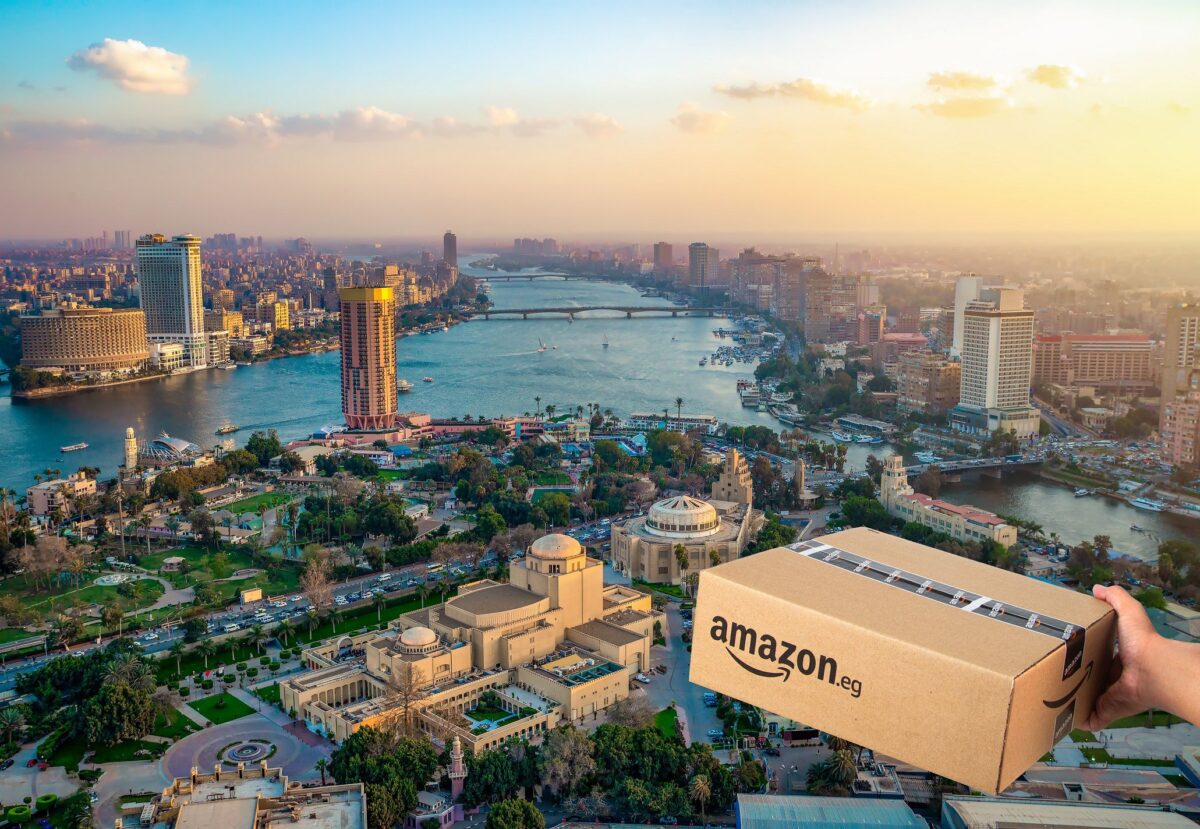Growth Hacking has always been a buzzword for startups. As a startup, one of the most difficult tasks that you will face is to get your name out there in the market and build a loyal customer base. In the early stage of startups, it is absolutely impossible to compete with the large and already established companies through traditional methods. This calls for a change, which means that you need to get more creative to grow your startup quickly and effectively.
Thus, to reach a larger audience in a really short amount of time, you need to use the “WILD CARD” i.e the Growth Hacks.
It is a widely known fact that all the entrepreneurs aim at grabbing a handsome amount of profit and then reinvest in their startup companies for long-term growth. The point of thought here is getting sustainable growth becomes extremely necessary without breaking the bank.
The term “Growth Hacking” is generally misunderstood thinking that the growth hacking strategies are only reserved for professionals. Actually, the real aspect is that anyone who has the right skills and resources can use these growth hacking tactics to make their startups a success.
Here are the top 10 growth hacks that any startup can use to become successful:
(I) Create a sense of urgency
The urgency has always been a strong motivator that makes the customers buy a product, hire a service, or make a deal before it is too late. Generally, urgent situations suspend thoughts and promote instant action. Urgency causes people to act quickly. The keywords such as “Limited Edition”, “Limited Offer”, “Countdown Ends”, “Hurry”, “Act Now” drive more customers than the regular pitches. The sense of urgency actually helps your potential customers to recognize their needs and also increases the probability of them taking the action. You can use the “Scarcity” factor as your element of urgency. This is one of the most powerful sources of urgent behavior. When a person thinks that something is running out, they tend to buy it more often. Another counterintuitive way to increase the urgency to add a clock, timer or countdown. Since all of the three are a symbol of passing time, they raise the level of urgency and lets the people take the action. While creating a sense of urgency, you have to conclude it by the right call to action to increase conversions.
(II) Build a Buyer’s Journey
There is a common mistake that a lot of startup entrepreneurs make. They think that their potential customers are aware of all the aspects of your company, whether it is on the platform or backstage. It is obvious that you might be knowing each and every detail about your company but the general public has no clue about it. You need to back your growth hacking process with a plan of how are you going to cut through the competition and get your startup in front of the mass. Think from the buyer’s point of view and brainstorm different types of buyers’ journeys starting from knowing your company till closing the sale and of course the post-sales activities are counted in. There are generally three funnels of a buyer’s journey. The top-funnel, the mid-funnel, and the bottom-funnel.
Top Funnel: Create thorough research on how are you going to get someone to arise interest in your product/service.
Mid Funnel: Here, you need to think of the insight of how are you going to educate your potential client about your product/service and tell them how different is your product or service from your competitors.
Bottom Funnel: Lastly, here you need to tell about the discounts or offers that you are willing to give to your customers when they make a purchase.
(III) Offer Something for free
Who doesn’t like to get something for nothing? Another best way to convert potential customers into paying and loyal customers is to offer free products/services for a conversion. People love getting free products and services. This is one of the major reasons why giving something away to new users is a faster and easier way to increase your customer base. Getting something for free sounds quite simple and appealing, yet there are a lot of startups that just ignore this tactic. You can also go ahead with Freebie Marketing wherein, you can give away samples of your products or services to promote the brand and boost sales. Moreover, there are customers who do not always understand the value of the product until and unless they have tried it. You can connect with these kinds of customers by giving free samples of your products and services.
(IV) Track Google Analytics
No doubt, Google Analytics is one of the most popular and powerful platforms for measuring digital traffic. Google Analytics can actually become a strong growth hacking platform if used well. Google Analytics is about leveraging the user behavior and the data through testing and adapting your product to give users what they want and need. Therefore, this results in online growth. By utilizing the power of Google Analytics and understanding the information that you get from it, you can apply these learnings to your strategies. This will further increase the growth rate of your business. Google Analytics helps you to track different aspects of your goals. It provides the real picture of where your website actually stands. You can track the metrics of the content that you publish. The referrals associated with your content. It has fully-fledged information about the signups, forms, submission, clicks, bounce rates, and of course the conversions.
(V) Set SMART Goals
Setting goals are the foundation for building a successful business. This is no brainstormer. The first thing that entrepreneurs do is to set the goals which they want to achieve. Creating goals is not enough, you have to make sure that the goals you set are attainable as well. This calls for creating SMART goals. SMART stands for Specific, Measurable, Attainable, Relevant, and Time-bound.
Specific: While setting a goal, you should make it as specific as possible. Be specific about what you exactly want to achieve. Focus on a specific plan to maximize efficiency.
Measurable: Make your goals easier to measure. Set quantifiable bars that are easy to maintain and achieve. To determine the success of a marketing plan, you need to have milestones and goals to measure.
Attainable: Check whether your goals are attainable or not. Do not just set a goal in the air. Be realistic about the goals.
Relevant: Again do not just fire in the air. Make sure that the goals you set are relevant to your business, products, or services.
Time-Bound: Include a time frame for each of your goals. This will let you work efficiently and complete the task within the given time frame.
Final Thoughts
Growth Hacking comes up with a plethora of opportunities to scale up your startup and also make sure to make your startup a success. It is a perfect element that brings about a positive change. Generally, startups lack the relevant resources and established networks. Growth Hacking comes to their rescue as it does not require a lot of financial assistance.
Hopefully, this post gives you the insights to apply the growth hacks to make your startups successful. So, what are you waiting for? Go and make the most out of these Growth Hacks for Startups.




